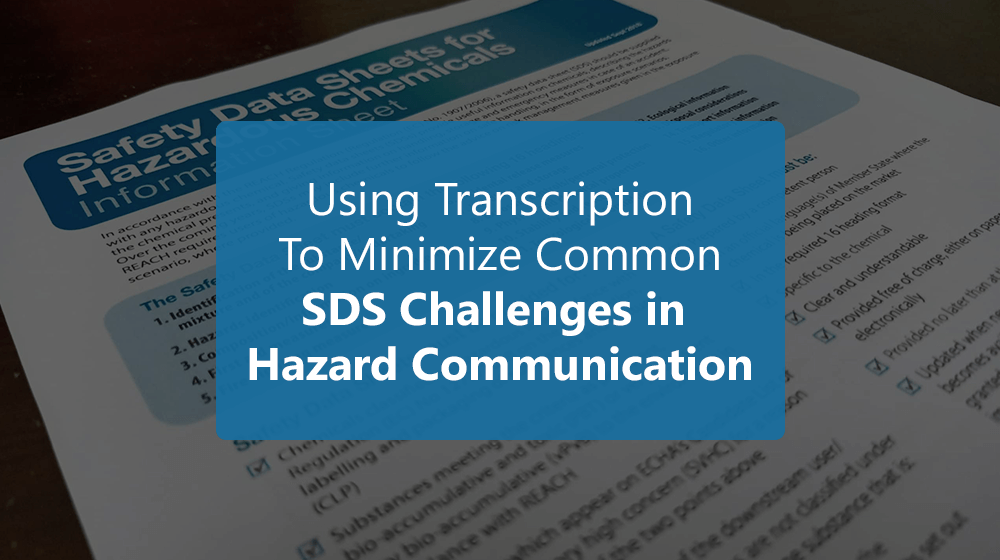With the expansion of the gaming industry into international markets, the significance of translating video games has reached unprecedented levels. Translators now play a crucial role in crafting an immersive experience that connects with players across various cultures. To create an interactive experience, translators must not only accurately convey the game’s narrative and instructions but also maintain the essence of the original content.
Let’s now talk about the five best ways to make video games linguistically and culturally immersive:
1. Localization: Going Beyond Translation
Localization involves adapting the game’s content, visuals, and gameplay mechanics to suit the target market’s cultural and linguistic preferences. It goes beyond word-for-word translation and includes everything from character names and dialogues to user interface elements and cultural references. Localization ensures that players in different regions feel a sense of connection and familiarity with the game.
2. Translating Dialogues and Narratives
Translating dialogues and narratives is a critical aspect of game localization. It is essential to convey the original meaning, tone, and character personalities while adapting the dialogues to fit the target language. It includes considering idiomatic expressions, humor, and slang that may not directly translate. Hiring professional translators who are gamers can help capture the essence of the original dialogues and adapt them to the target language.
3. User Interface and Menus
Translating the user interface (UI) and menus is crucial for a seamless gaming experience. Buttons, labels, menus, tutorials, and tooltips should be accurately translated to provide clarity and easy navigation. Consider the length and readability of translated text to ensure it fits within UI elements without compromising functionality or design. Allow language options within the game settings to cater to players’ language preferences.
4. Voice-overs and Subtitles
Ensuring high-quality dubbing or voice acting matches the original performance is essential when localizing voice-overs. Professional voice artists who are native speakers of the target language can bring characters to life. It helps maintain the emotional impact of the original content. Subtitles should also be accurately translated and synchronized with the audio. They are designed to be easily readable without obstructing the gameplay or visuals.
5. Playtesting and Quality Assurance
Thorough playtesting and quality assurance (QA) are vital steps in game localization. Test the translated content extensively to ensure accuracy, coherence, and cultural relevance. Pay attention to text formatting, font readability, text overflow, and any technical issues related to translated content. Gathering feedback from players and addressing any localization-related concerns or bugs will help refine the game. It will ultimately bring a smooth and enjoyable experience for players.
6. Community Engagement
Building a community of players from different regions is crucial for the success of a localized game. Encourage players to provide feedback, suggestions, and bug reports in their languages. Engage with the community through localized social media channels, forums, and events. This direct interaction allows for continuous improvement and nurtures a sense of inclusivity and appreciation for players across the globe.
Wrap up
Through localization, cultural adaptation, translation of dialogues and narratives, UI optimization, voice-overs, and subtitles, translators can collaborate with game developers. They can create an immersive and culturally relevant gaming experience for players worldwide. By using these strategies, gaming companies can captivate international audiences and build a loyal fan base. They can establish their games as global sensations in the thriving gaming industry.

















